News
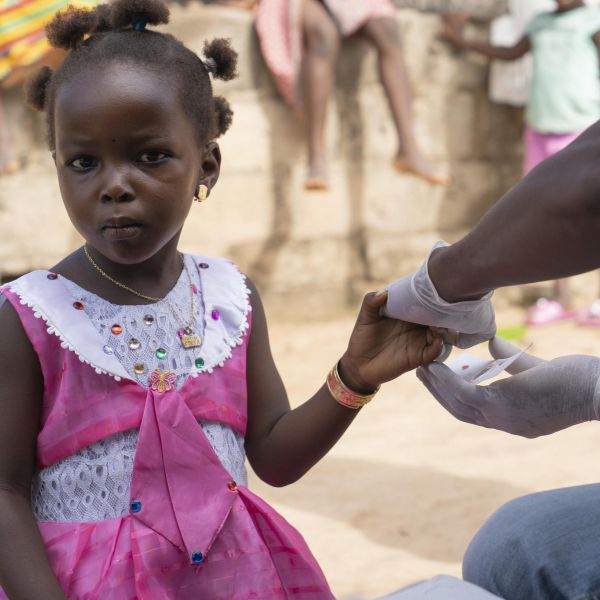
Aug 29, 2022
Partner-drug resistance accelerates resistance of first-line malaria drug
A new research collaboration between Penn State, Oxford, and Imperial College London demonstrates that resistance to partner drugs facilitates resistance evolution to artemisinin, the world’s most important first-line drug for the treatment of malaria.
Full Article
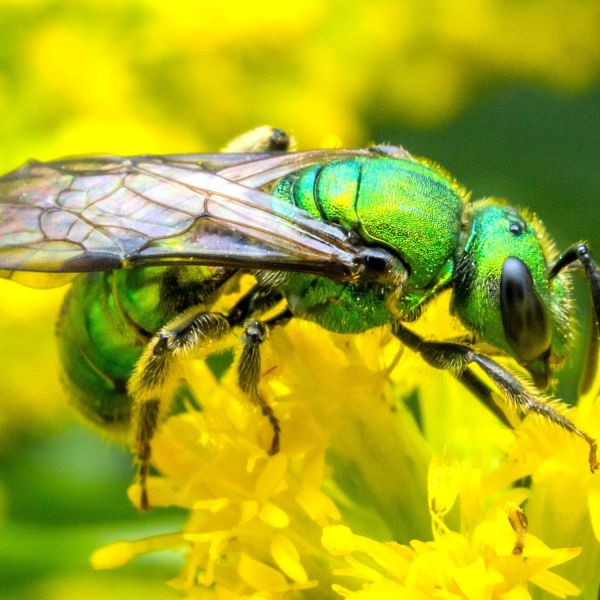
Aug 29, 2022
Study suggests one-third of wild bee species in Pa. have declined in abundance
Over a six-year period in southcentral Pennsylvania, measures of biodiversity among wild bee communities declined and one-third of species experienced decreases in abundance, according to a Penn State-led team of researchers.
Full Article
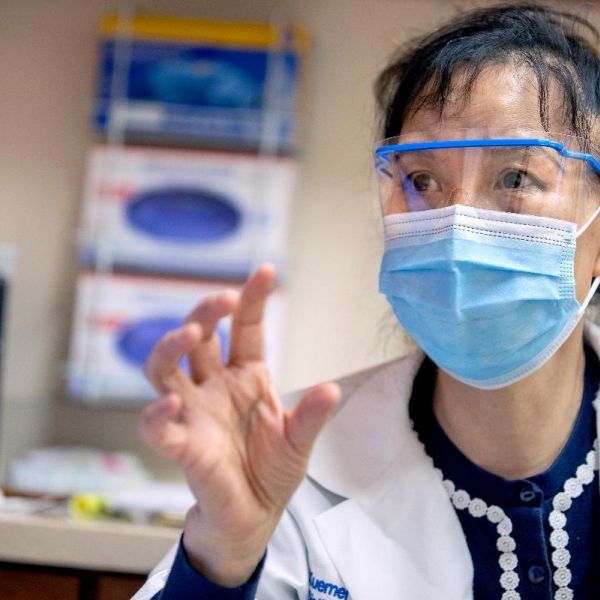
Aug 25, 2022
Penn State awarded $1.6M to study if COVID-19 contributes to cognitive decline
As populations around the globe age, dementia — often caused by Alzheimer’s disease and related disorders — is a growing health issue for older adults worldwide.
Full Article

Aug 24, 2022
New granular hydrogel bioink could expand possibilities for tissue bioprinting
Every day in the United States, 17 people die waiting for an organ transplant, and every nine minutes, another person is added to the transplant waiting list, according to the Health Resources and Services Administration.
Full Article
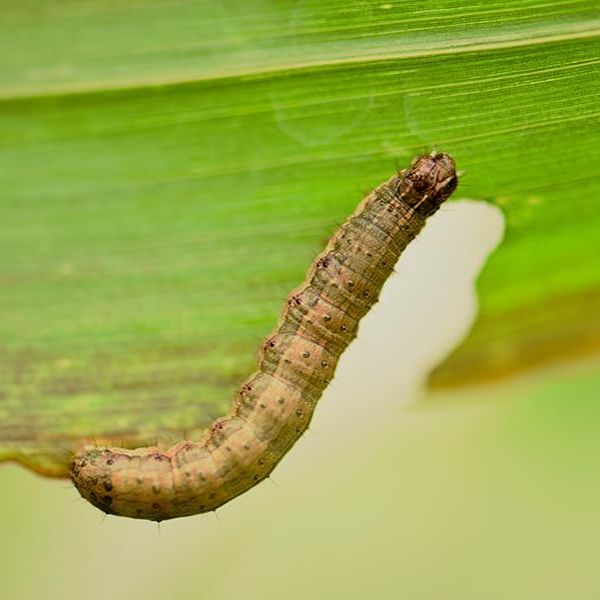
Aug 23, 2022
Flavonoids from sorghum plants kill fall armyworm pest on corn; may protect crop
Flavonoids produced by sorghum leaves have shown promising results in combating fall armyworm larvae. When sprayed on the leaves of corn, sorghum flavonoids stunt the growth of fall armyworm and often kill the pest, Penn State researchers report in a new study.
Full Article
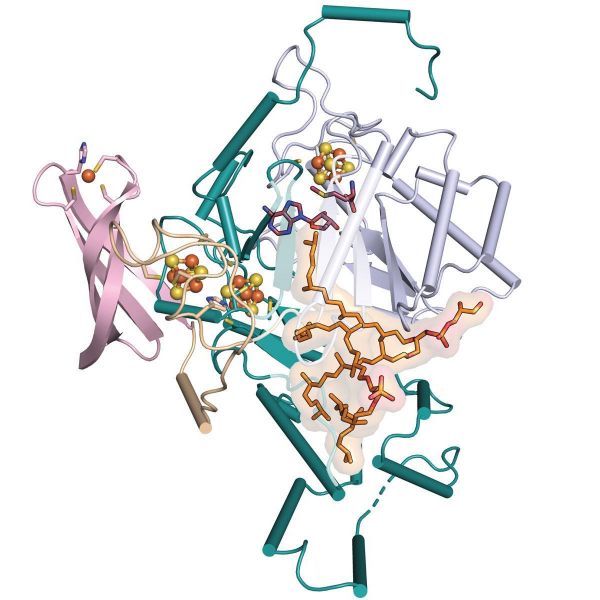
Aug 22, 2022
Revealed missing step in lipid formation could enable detection of past climate
The missing step in the formation of a lipid molecule that allows certain single-celled organisms to survive the most extreme environments on Earth has now been deciphered.
Full Article
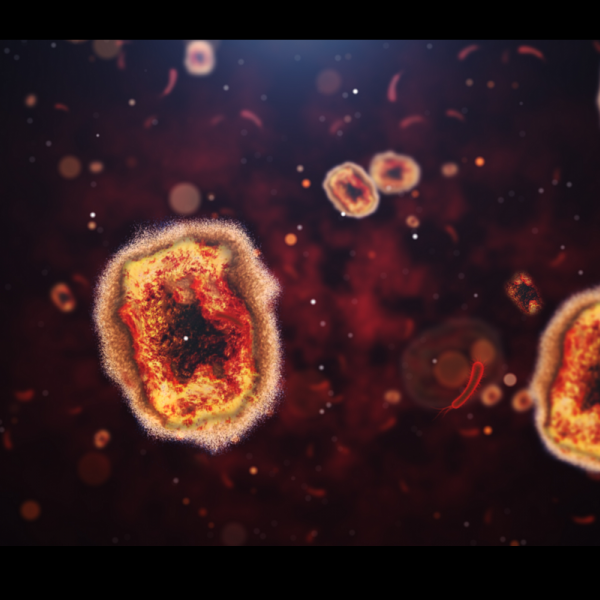
Aug 19, 2022
What do I need to know about monkeypox now?
More than 10,000 cases of monkeypox have been reported in the United States since May, triggering the U.S. Department of Health and Human Services to declare the outbreak a public-health emergency.
Full Article
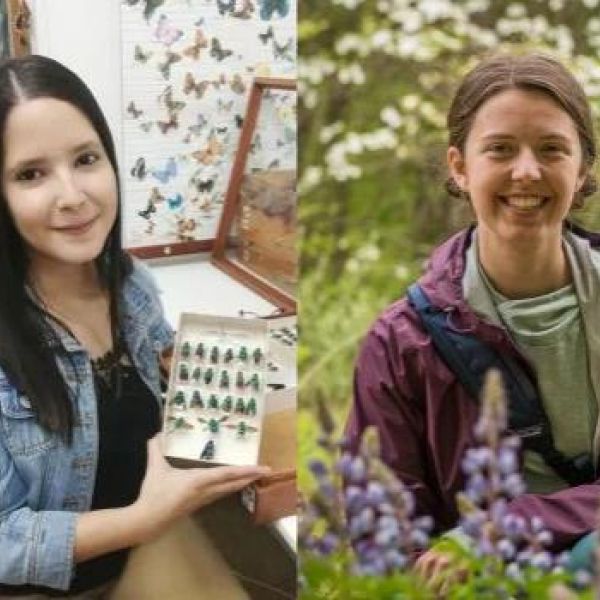
Aug 19, 2022
Graduate students in entomology and ecology win prestigious fellowships
Two graduate students who work in the laboratory of an entomology faculty member in Penn State's College of Agricultural Sciences recently received prestigious fellowships to further their graduate education and research.
Full Article
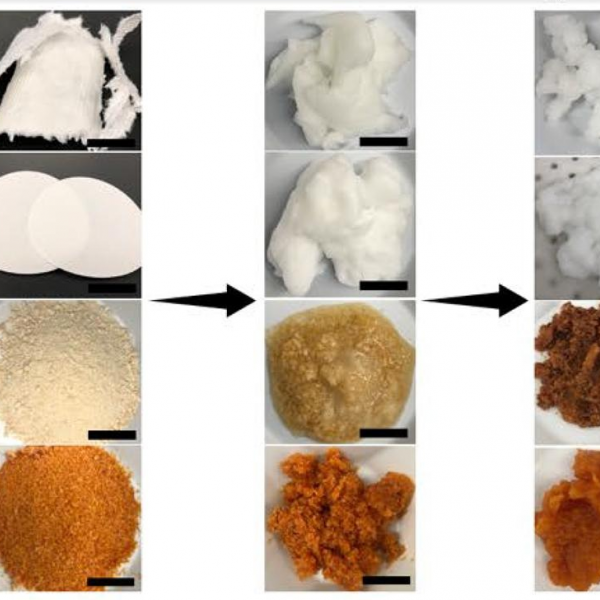
Aug 18, 2022
Compost to computer: Bio-based materials used to salvage rare earth elements
Penn State researchers used micro- and nanoparticles created from the organic materials to capture rare earth elements from aqueous solutions.
Full Article
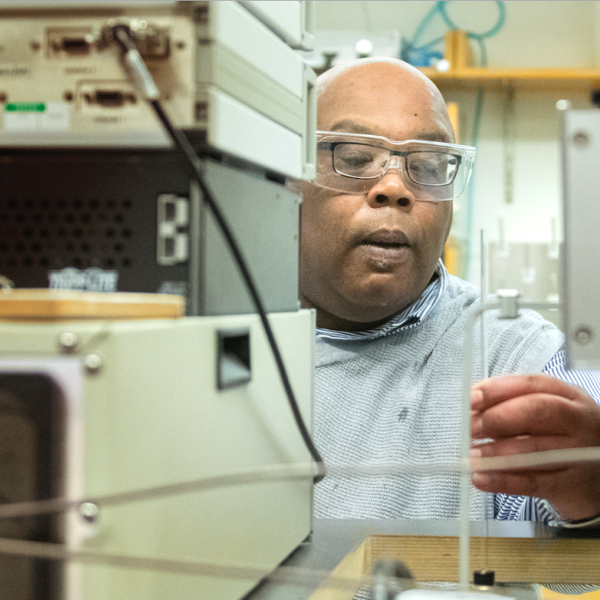
Aug 18, 2022
Booker honored by American Society for Biochemistry and Molecular Biology
Squire J. Booker, Evan Pugh Professor of Chemistry and of Biochemistry and Molecular Biology at Penn State, holder of the Eberly Family Distinguished Chair in Science, and investigator with the Howard Hughes Medical Institute, has been awarded the ASBMB-Merck Award and the Ruth Kirschstein Diversity in Science Award from the American Society of Biochemistry and Molecular Biology (ASBMB)
Full Article